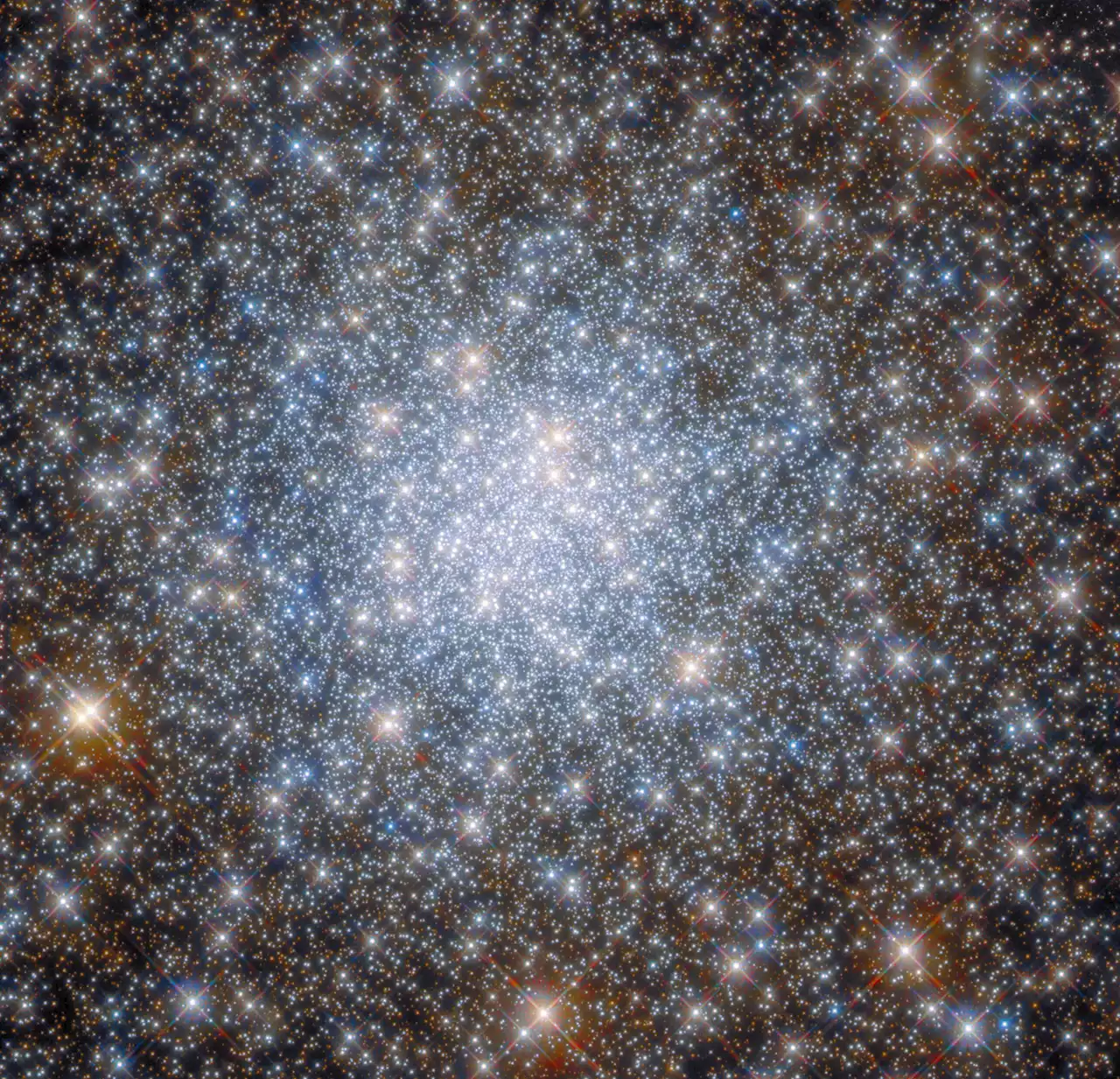Astronomers detected a rare star eclipse, where one star was masked by dust from its companion in a binary system.
the discovery was one of fantastic good fortune, as the binary system that houses the star has a very long orbital period. As such, capturing observations of this rare star eclipse was a once-in-a-lifetime chance, and we managed to strike the lottery with it.
The star is known as Gaia17bpp. According to astronomers Anastasios Tzanidakis and James Davenport, their attention was drawn to the system when the Gaia survey indicated the star had gradually brightened over two and a half years. Analysis of the star indicated it hadn’t changed. Instead, it had come out of a rare eclipse caused by its companion star.These new findings, along with the data from Gaia, showed that Gaia17bpp had dimmed by around 4.
It’s an intriguing discovery, and Tzanidakis says that no other stars around the binary system showed similar dimming during that particular period of time. To look into it further, the astronomers also looked at observations of the star going back 66 years. However, they saw no changes similar to the rare star eclipse that our instruments had witnessed between 2012 and 2019.
As such, they believe that the dust of its companion masked the star, nothing more, making it a rare encounter but still one that has logical meaning behind it. Binary systems aren’t the rarest occurrences in the universe, but they are still exciting to discover.
United States Latest News, United States Headlines
Similar News:You can also read news stories similar to this one that we have collected from other news sources.
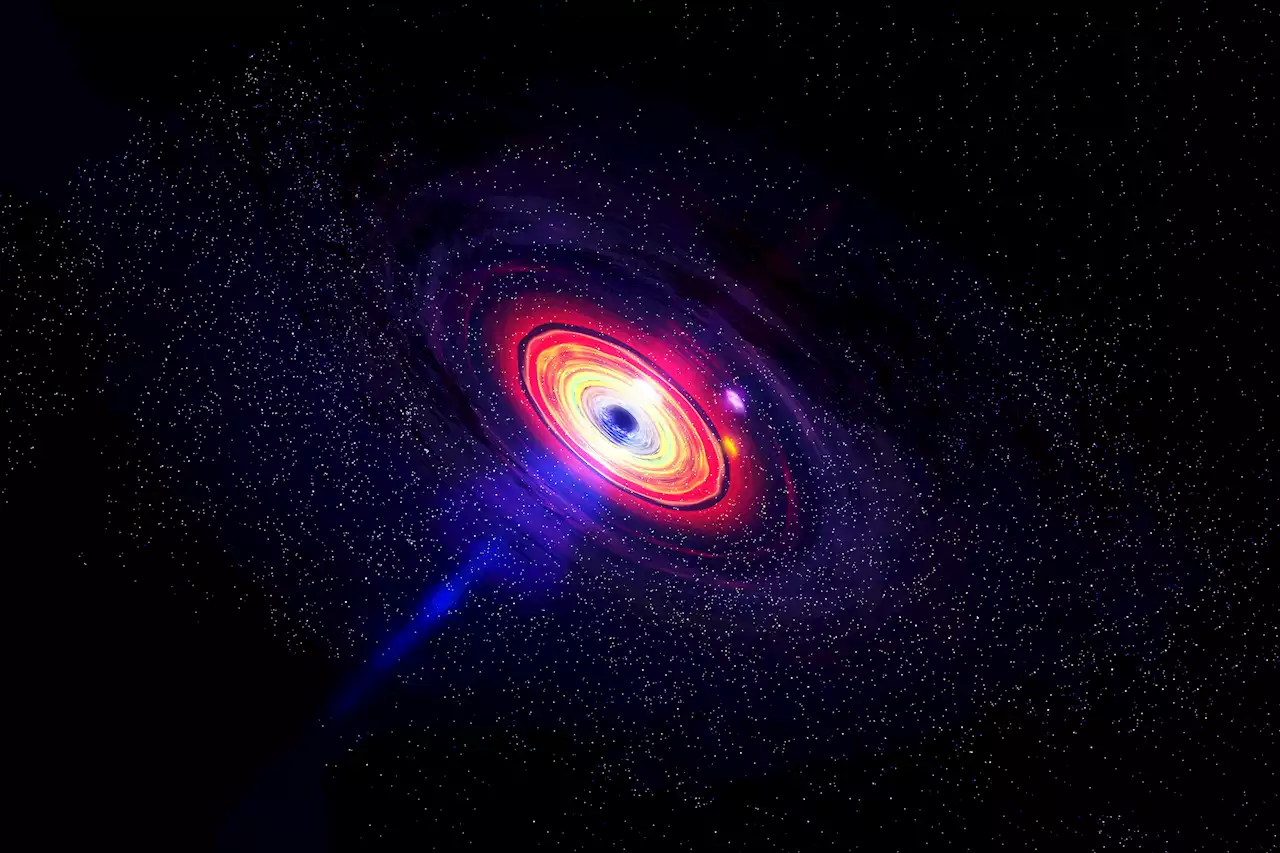 Astronomers may have found the earliest galaxies we've ever discoveredAstronomers believe James Webb may have spotted some of the earliest galaxies we've ever discovered in recent observations.
Astronomers may have found the earliest galaxies we've ever discoveredAstronomers believe James Webb may have spotted some of the earliest galaxies we've ever discovered in recent observations.
Read more »
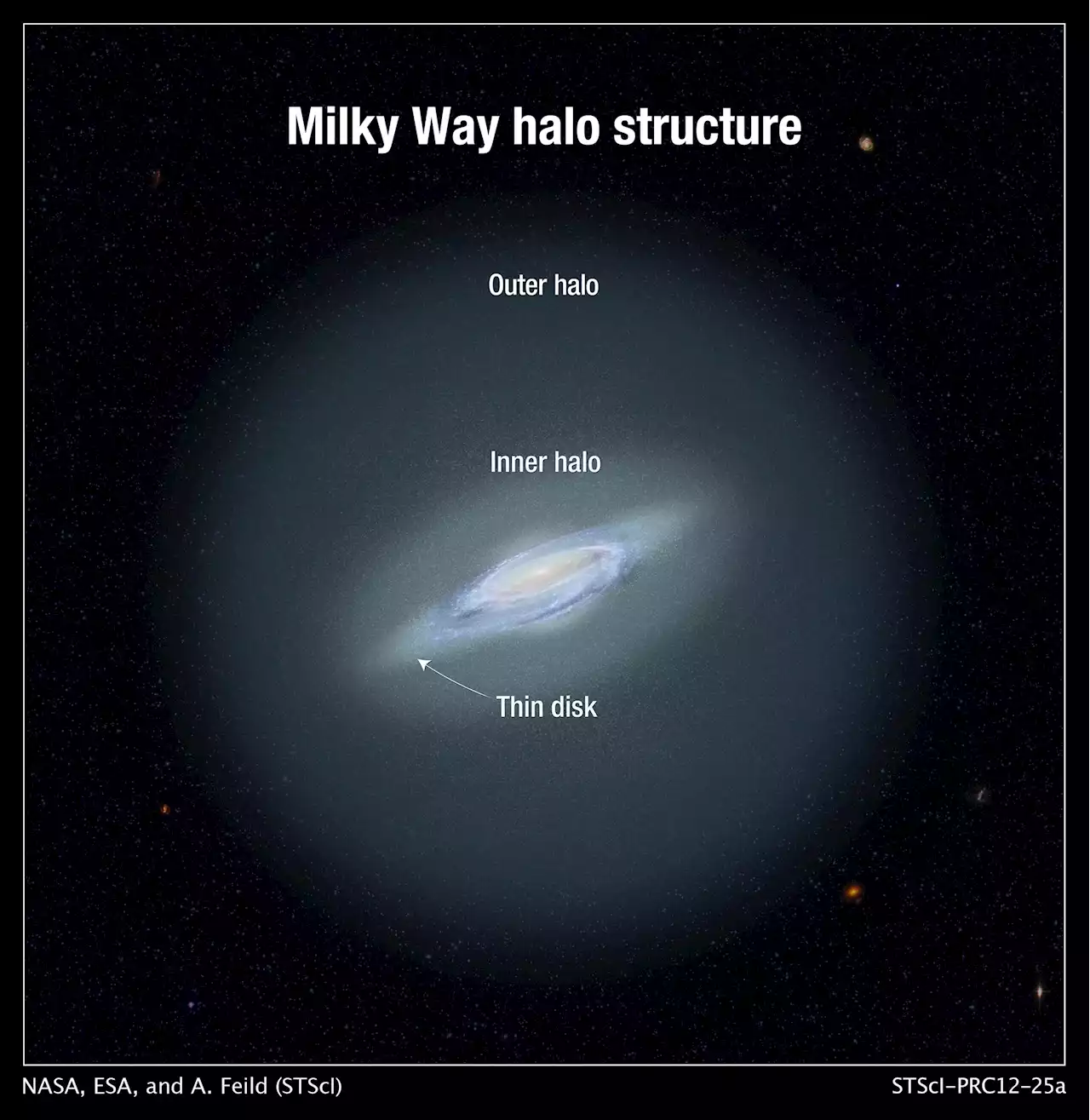 Astronomers Find the Most Distant Stars in Milky Way’s Halo – Over 1,000,000 Light Years AwayA search for variable stars called RR Lyrae has found some of the most distant stars in the Milky Way’s halo a million light years away. Astronomers have discovered more than 200 distant variable stars known as RR Lyrae stars in the Milky Way’s stellar halo. The most distant of these stars are mo
Astronomers Find the Most Distant Stars in Milky Way’s Halo – Over 1,000,000 Light Years AwayA search for variable stars called RR Lyrae has found some of the most distant stars in the Milky Way’s halo a million light years away. Astronomers have discovered more than 200 distant variable stars known as RR Lyrae stars in the Milky Way’s stellar halo. The most distant of these stars are mo
Read more »
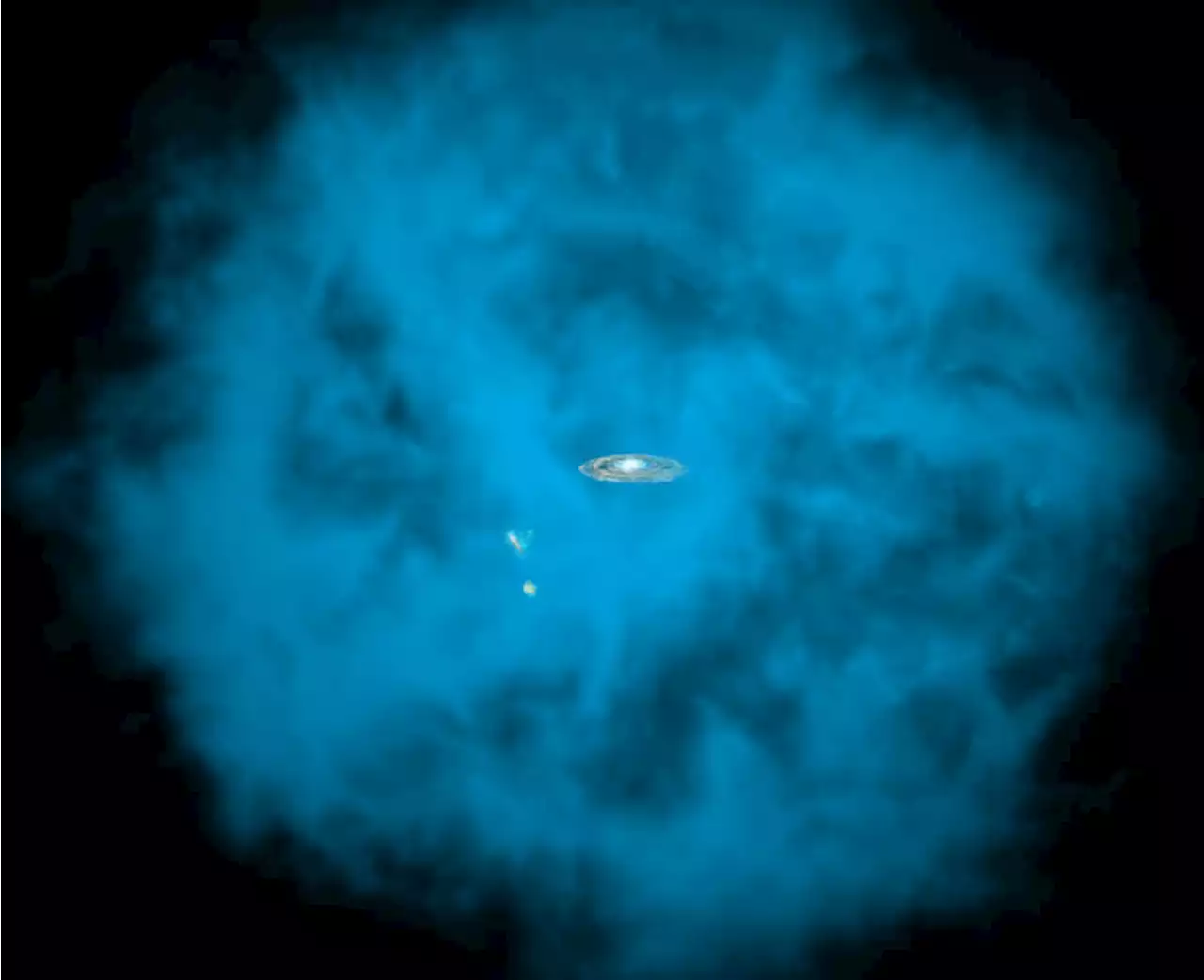 Astronomers Used a Fast Radio Burst to Probe the Structure of the Milky WayAstronomers from Caltech used a Fast Radio Burst (FRB) from another galaxy to probe the distribution of matter in the Milky Way.
Astronomers Used a Fast Radio Burst to Probe the Structure of the Milky WayAstronomers from Caltech used a Fast Radio Burst (FRB) from another galaxy to probe the distribution of matter in the Milky Way.
Read more »
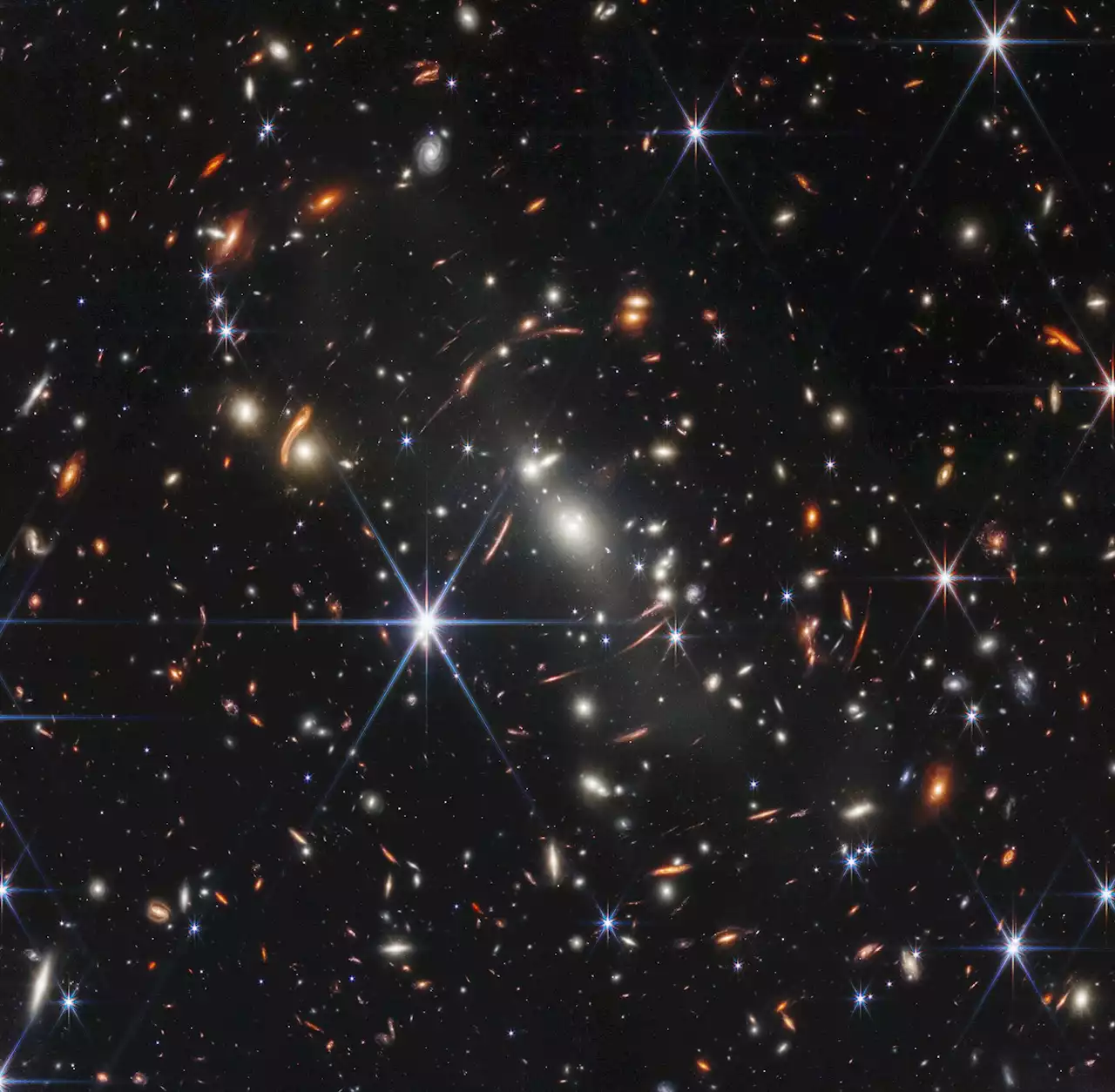 Astronomers Begin to Understand Strange 'Backsplash' GalaxiesWhen galaxies fall in they don't just stop moving. Instead, they keep moving around. These are called backsplash galaxies.
Astronomers Begin to Understand Strange 'Backsplash' GalaxiesWhen galaxies fall in they don't just stop moving. Instead, they keep moving around. These are called backsplash galaxies.
Read more »
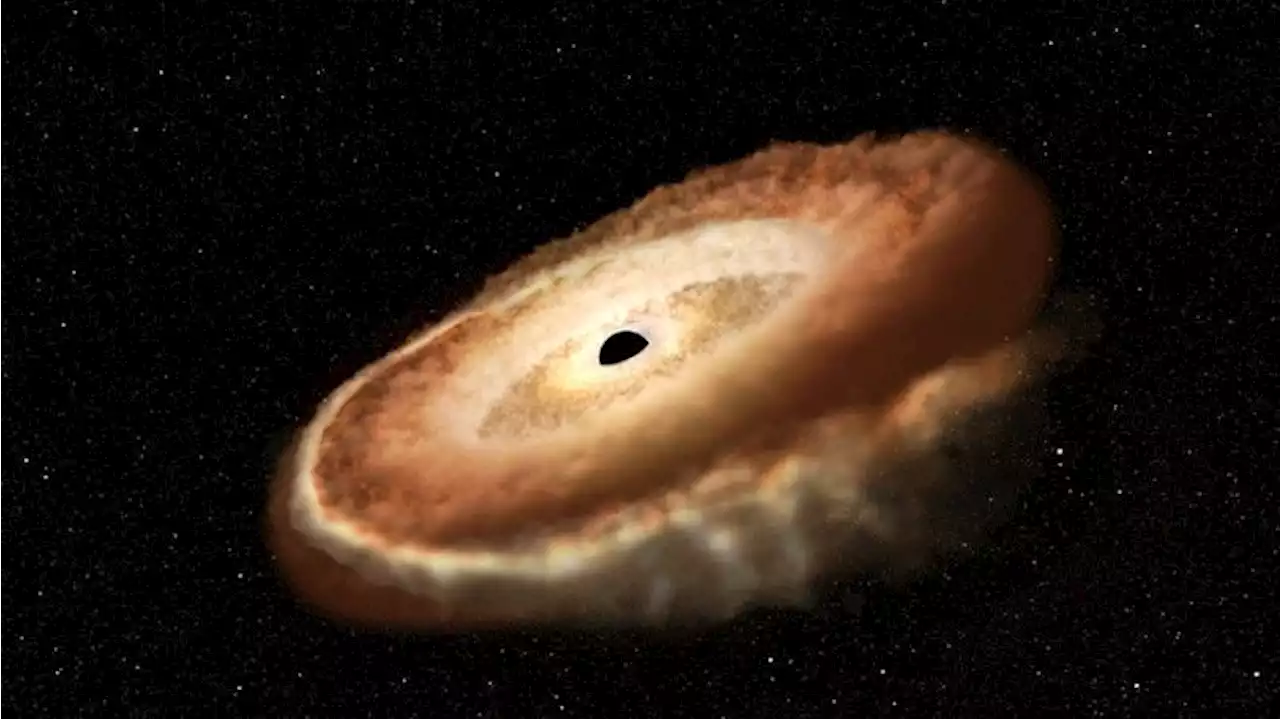 Black hole 'spaghettified' a star into a doughnut shape, and astronomers captured the gory encounterThe black hole wrapped the layers of the shredded star around itself to form the perfect doughnut of doom.
Black hole 'spaghettified' a star into a doughnut shape, and astronomers captured the gory encounterThe black hole wrapped the layers of the shredded star around itself to form the perfect doughnut of doom.
Read more »
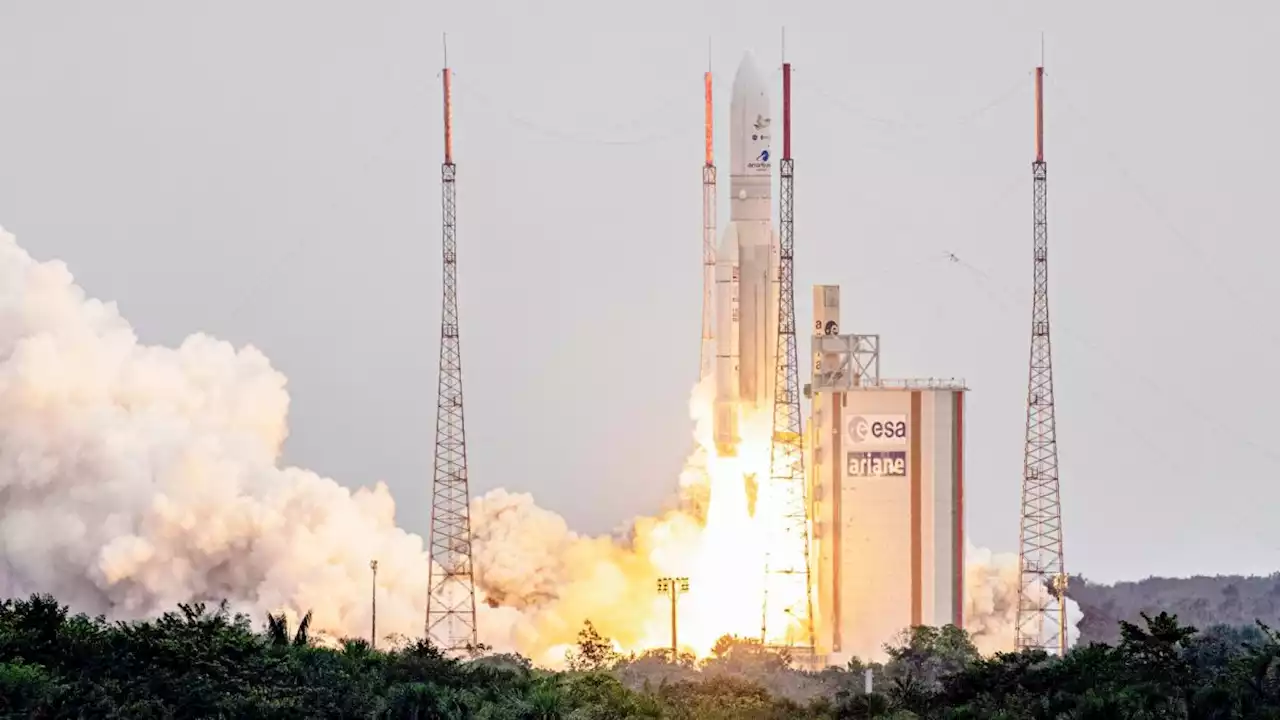 After the James Webb Space Telescope, what's the next big thing for astronomers?John Mather spent decades making the James Webb Space Telescope a reality. Here's what he thinks could come next.
After the James Webb Space Telescope, what's the next big thing for astronomers?John Mather spent decades making the James Webb Space Telescope a reality. Here's what he thinks could come next.
Read more »
